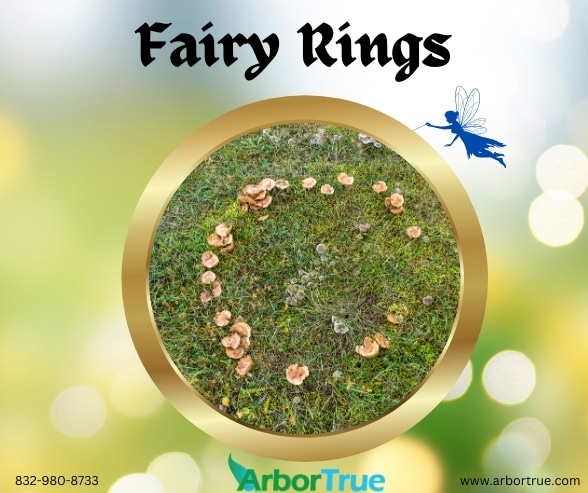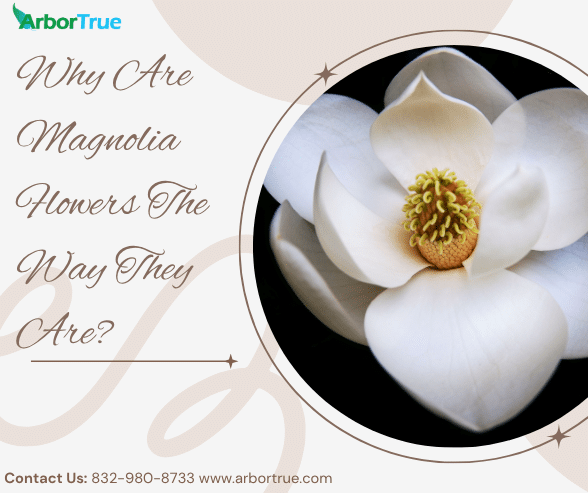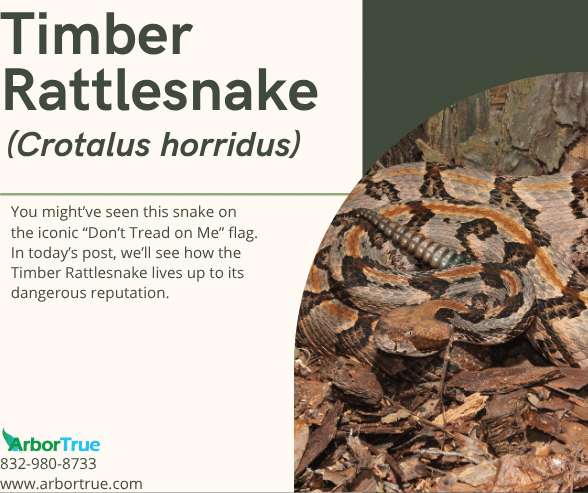
Mushroom Monday: Ganoderma lucidum Mushrooms
January 22, 2024
Acorns
January 26, 2024
Mushroom Fairy Rings
Have you ever seen mushrooms growing in a circle? Seems a little mythical, doesn’t it? Did fairies make them? Maybe elves?
There are a variety of tales about fairy rings that have to deal with fairies, elves, witches, and even dragons. The general idea of some of the myths is that fairy rings are places in which fairies or elves danced. There were also ideas that humans shouldn’t bother them while they did this. Despite the tales though, fairy rings are actually a natural occurrence, and they form from the way certain mushrooms spread and grow.
Underneath the ground, there is something called mycelium. Mycelium is that part of the fungus that produces the mushrooms that we see. To give an analogy, think of a tree with fruit. The tree part is like the mycelium, and the fruit part is like the mushrooms we see. The difference here though, is that the tree part, the mycelium, is underground.
The mycelium of a fungus begins at a central point underground. From there it grows circularly outward. The reason the mycelium grows outward, is that it is seeking nutrients. It uses them in the center of the circle, and then progressively grows out looking for more.
As the mycelium grows, it produces the mushrooms that we see. The mushrooms form at the edge of the mycelium circle and this is what produces fairy rings. For fairy rings to form, conditions need to be right. This includes things like the type, composition, nutrient levels, and condition of the soil.
As time goes on, the mycelium can grow larger and larger underground. This makes the fairy rings grow larger as well. Although there can be many mushrooms on a fairy ring, they all come from one organism underground. Although it varies with conditions, fairy rings can grow out from around three to around nineteen inches each year. The rings can grow as long as the mycelium is alive and has access to nutrients. This can make some rings old and very large. There is even one in France that is around a half a mile in diameter.
Although fairy rings generally grow outward from a central point, there are situations where nutrients in the center of a fairy ring could be replenished. This can cause a situation where one ring forms inside another.
Different types of mushrooms produce fairy rings. There are around sixty species that are known to form them. An example of one is Marasmius oreades.
Fairy rings can be found in wooded areas and places like fields, lawns, and meadows. They can generally be seen toward the end of summer and the start of fall and can be seen after rain.
Although different types of mushrooms produce fairy rings, fairy rings can generally be divided into two groups: free and tethered.
Free fairy rings form in places where there is grass. They are made by saprophytic mushrooms that feed on dead and decaying organic matter found in the soil. They are called free because they aren’t associated with a particular organism.
Tethered fairy rings form in forests and are formed by mycorrhizal fungi. These fungi form a symbiotic relationship with trees. The mushrooms help the trees to obtain water and nutrients, and the mushrooms get sugars that the trees produce. The rings are called tethered because they form around trees that the fungus has a relationship with. They are associated with the roots of trees and can’t spread too far from them.
Fairy rings can affect the grass around them in different ways. In some situations, the grass will die. In others, the grass will get greener and grow more.
When the fungus mycelium decomposes organic matter, nitrogen is released. This can act as a fertilizer for grass, causing it to grow more and become greener.
In other situations, the mycelium can deplete the soil of nutrients, and this can cause the grass to die.
Fairy rings can seem a bit magical. It’s easy to imagine fairies dancing inside them and sitting on the mushroom caps. Although they are natural, that doesn’t make them any less interesting.
If you liked learning about fairy rings, follow us on Facebook to keep up with our blog and what we post.




